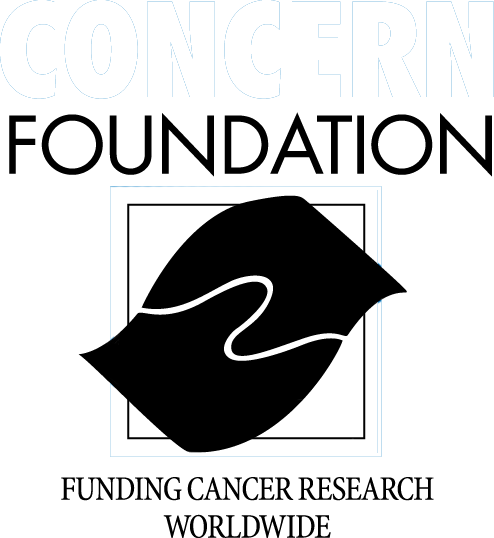2023 Grant Application
IMPORTANT DATES:
Full proposal submission deadline: November 6, 2023
Notification of awards: Late May 2024
Start of funding: October 1, 2024
End of 1st year funding: September 30, 2025
End of 2nd year funding: September 30, 2026
GENERAL INFORMATION
Upon receiving the approved status of your submitted LOI, the proposal guidelines will immediately be made available. The deadline for the full application submission is November 6, 2023 (11:59pm based on applicant time zone).
All proposals must be submitted via provided Google Form link.
The application consists of:
1) Completion of Google Form during proposal submission.
2) Files generated by the applicant that must be uploaded along with Google
Form.
The guidelines below contain specific instructions related to the components generated by the applicant.
COMPONENTS OF THE APPLICATION
· Complete the Google Form and upload the grant components as PDF files here. Do this only when all the components below are complete, and you are ready to submit the full grant proposal. Only Submit PDF Files.
Components to upload include:
a. Applicant Information/Signing Official Assurance form. Use provided editable pdf form here. (Download and open directly in Adobe Acrobat Reader if the fields are not editable. Please do not submit a word document.)
b. Abstracts (no template provided) to include the following. Save file as “LastName_FirstInitial_Abstract”.
i. Applicant Name, Project Title
ii. General Audience Summary (up to 700 characters, ~100 words)
iii. Scientific/Technical Abstract (up to 1,300 characters, ~200 words).
c. Research Plan (Specific Aims, Research Strategy, References, Human Subjects, Vertebrate Animals). No template provided but refer to the outline format provided within this section of the guideline. Save file as a PDF titled “Your Last Name_First Initial_ResearchPlan”.
d. Budget, Budget Justification, Other Support of the PI, and Resources/Environment. Use provided template for Year 1 Budget, Year 2 Budget, and Other Support of the PI. The Budget Justification and Resources/Environment does not have a specified template. Save file as a PDF titled “Your Last Name_First Initial_BudgetResources”.
e. Biosketch(es) for PI, other key investigators, and collaborators (excluding technicians and trainees) – Use provided template and combine into single file with PI as first biosketch. Save file as a PDF titled “Your Last Name_First Initial_Bio”.
f. Supporting Documents (Appendix, Letters of collaboration, Institutional Approvals, Commercial Interests, copy of approved LOI, and updated Department Chair letter to include required items). Save file as a PDF titled “Your Last Name_First Initial_SupportingDocs”.
INSTRUCTIONS FOR RESEARCH PLAN
Page limits and format requirements:
Research plan:
Section A (Specific Aims) – 1 page,
Section B (Research Strategy) – Up to 6 pages.
Section C (References) – up to 2 pages,
Section D (Human Subjects and Vertebrate Animals) – up to 2 pages each.
Research plan should be single-spaced, with 0.5-inch margins all around. Font size must be no smaller than 11-point Arial (except Figure Legends, which may be in font size 9).
Use only single column format (no double-columns).
Figures and their labels/text must be sufficiently large and sharp to be easily readable on a printed page without magnification.
Use the outline below to create the research plan. Upload the single pdf file utilizing the format “yLast Name_First Initial_ResearchPlan”. Page limits and format requirements must be followed.
SECTION A: Specific Aims and Hypothesis (Limit: 1 page)
A figure showing the hypothesis and/or schematic representation of the experimental plan and associated technology is encouraged here or in the Significance section. A panel with list of abbreviations here or in Section B also helps readers
SECTION B: Research Plan (Limit: 6 pages)
Significance – What will be the impact of this research if the Aims are accomplished? Background and select parts of Preliminary Data can be included here.
Innovation – Explain the novel aspects of the application (conceptual innovation, innovative technology, experimental design, hypotheses and/or others). Originality and risk-taking which may enhance the application can be described in this section. Innovative Preliminary Data describing novel methodology may be presented here.
Approach – All aspects of the experimental design, including any Preliminary Data that you prefer to put here rather than in Significance or Innovation. Important items also required in the Experimental Design are Statistical Considerations and meaningful “Anticipated Results, Interpretation, Next Experiments, Potential Pitfalls (conceptual and/or technical) and Alternative Approaches” for each Specific Aim. A timeline is helpful.
Future plans – Discuss how this project fits into your short term and long-term future plans both in terms of research progress in the field and your own career advancement.
SECTION C: References – (Limit: 2 pages)
Up to 50 references to include authors, article title, journal, year, volume, pages, PMID#, with up to 10 authors, including first and last authors. If reference is by you or members of your investigative team, underline these names.
SECTION D: Human Subjects and Vertebrate Animals (Limit: 2 pages each)
1. Human subjects: If applicable (includes identified human subject information or material or de-identified clinical data), list IRB approval number and date, PI, and institution providing the approval. If pending, state so.
2. Vertebrate Animals: Describe use of vertebrate animals using the NIH criteria.
a. Description of proposed use of animals
b. Justification for use of animals/species and their numbers (statistical justification)
c. Veterinary care, Procedures for limitation of discomfort, Euthanasia Method
Instructions for Budget, Budget Justification, OTHER SUPPORT, AND RESOURCES Template
The application should be written for a 2-year grant in terms of the work proposed and budget requested. The budget, of up to $75,000 per year, should be written for each year separately using the provided template and guidelines below.
Note that the grant is awarded one year at a time, with the second year of funding being contingent upon the progress reported for the first year, availability of funds, and approval of a second year by the Concern Foundation Board. If your application is awarded, an updated second year budget will be required along with a Progress Report and a Request for Renewal for a second year.
The Concern Foundation does NOT grant funds for equipment or institutional overhead.
Budget and Resources Guidelines:
Download the provided templates by clicking its corresponding name: Year 1 Budget, Year 2 Budget, Other Support. No specified template for Budget Justification, but should include Personnel (faculty, staff, students), Supplies, Animals, Other. There is no specified template for Resources/Environment.
Upload a single pdf file utilizing the format “Your Last Name_First Initial_BudgetResources”.
The budget and resources template includes four sections:
1. Budget
2. Budget Justification
3. Other Support
4. Resources and Research Environment
1A. Details
Each budget item must be justifiable as relating directly to the proposed research.
Items such as salaries, etc. should be based on the principles and policies of the applicant institution.
· Any changes to the budget post-award must be requested in writing and are subject to review and approval by the Concern Foundation.
· All budgets must be submitted in U.S. dollars.
1B. Indirect Costs
The Concern Foundation does NOT grant funds for indirect costs or institutional overhead, regardless of the institution’s actual or federally negotiated overhead rate.
1C. Acceptable Direct Costs
Grant funds may be requested for full- or part-time professional or technical support personnel who participate in the project. Partial salaries of applicants and co-investigators are allowed, commensurate with the extent of effort in the project.
Direct costs of the research may include expendable supplies, purchase and care of experimental animals, publications, and necessary tests and procedures purchased from other laboratories.
Trainee stipend(s) are allowed, but not tuition. Grantee is responsible for administering all agreements and is accountable for expenditure of the stipends for trainees.
1D. Unacceptable Costs
Equipment of any type, including office equipment, computer hardware and software, and furniture
Travel
Dues and memberships in societies or associations.
Registration or tuition fees for professional meetings and conferences.
Cost of patient care or costs of services not directly related to this project.
Construction, alteration, maintenance, or rental of buildings or building space
Operational costs (e.g., administrative support, office supplies, telephone, fax, etc.)
2. Budget Justification
Submit a detailed justification for each line item in the proposed budget and how the sums in each of the line items in the budget was derived.
3. Other Support (template here)
List all pending or confirmed sources of funding that support your research. This includes funding from multi-year grants. Follow the outline below. Please list the source, dates, project director, project title, percent effort, direct cost per year, dates of total funding period, and your role. State whether this application duplicates any aspects of the proposal or of other grants, either scientifically or in terms of budget. We note that some overlap may occur, and if it does, it should be well described and justified, or if pending, indicate how the overlap will be addressed.
4. Resources/Environment
Address the following within this section:
Scientific Environment
Laboratory and office(s)
Equipment (especially unique equipment that is critical to the project)
Services and Institutional Core Facilities and their instruments that are relevant to your project such as:
Animal Care
Flow cytometry
Microscopy and cellular imaging
Biostatistics
Various ‘omics and bioinformatics Core facilities
Others
INSTRUCTIONS FOR BIOSKETCH TEMPLATE
Download the provided template found here. Upload the single pdf file labeled utilizing the format “Your Last Name_First Initial_Bio”.
The biosketch has been updated to the new NIH biosketch template. Instructions can be found here and a sample biosketch can be found here.
Please review the instructions and sample of the new format of the NIH biosketch as a resource for this section. Researchers are encouraged to include a link to a full list of their published work as found in a publicly available digital database such as My Bibliography (NCBI), ORCID or SciENcv. Do not use Research Gate. Do NOT include conference abstracts in the publication list.
Instructions for Supporting Documents
Supporting Documents:
Upload a single pdf file labeled in the format “Your Last Name_First Initial_SupportingDocs”.
Include additional supporting documents (as applicable) including:
Up to 3 publications by the applicant, which are related to the proposed investigation, and are either published and not available freely online or in press (if in press, should be preceded by the acceptance letter/email from the journal). Submitted or ‘in revision’ manuscripts should not be included. For manuscripts by the applicant which are freely available online (up to 3), it is sufficient to only include the URL where the publication is available.
Letters of collaboration (if relevant).
Copies of relevant institutional animal use, human subject, and/or recombinant DNA approvals for this project. If copies are pending, please include a brief note stating that institutional approvals will be submitted once available.
Description of any commercial associations related to the proposed research and to your work generally. Include any consultants, stock ownership, stock options, other equity interests, patent licensing arrangements or any similar information.
Copy of LOI submitted
Updated Department Chair Letter. Be sure the following are clearly addressed within the letter.
Content of Chair Letter:
Chair letter must include separate paragraph with information on:
Academic title of applicant
Date applicant was conferred this academic title
Protected time - % time protected for research (current and in the future).
Independent status of applicant in terms of hiring research personnel, budget use/responsibility for funds, grant submissions as PI/budget acquisition, determination of overall research projects and direction.
Lab space (is it separate space and independent of other PIs or within the space of another group or PI).
Institutional support (funds, positions, etc)
CONQUER CANCER NOW AWARD - PROPOSAL GUIDELINES

